What Limits The Resolution Of A Light Microscope ?
The resolution of a light microscope is limited by the diffraction of light. When light passes through a lens, it is refracted and focused to form an image. However, due to the wave nature of light, the image formed is not perfectly sharp. Instead, it is surrounded by a blurry halo known as the Airy disk. The size of the Airy disk is determined by the wavelength of light and the numerical aperture of the lens. As a result, the resolution of a light microscope is limited by the diffraction of light, which sets a theoretical limit on the smallest distance between two points that can be resolved. This limit is known as the Abbe limit and is approximately half the wavelength of light used in the microscope. Therefore, to improve the resolution of a light microscope, one can use shorter wavelengths of light, increase the numerical aperture of the lens, or use specialized techniques such as confocal microscopy or super-resolution microscopy.
1、 Diffraction limit
What limits the resolution of a light microscope is the diffraction limit. This is a fundamental physical limit that arises due to the wave nature of light. When light passes through a small aperture or encounters an object, it diffracts or bends around the edges, creating a blurry image. The diffraction limit is defined as the smallest distance between two points that can be resolved by a microscope, and it is proportional to the wavelength of light used and the numerical aperture of the lens.
However, recent advancements in microscopy techniques have challenged the diffraction limit. Super-resolution microscopy techniques such as stimulated emission depletion (STED) microscopy, structured illumination microscopy (SIM), and single-molecule localization microscopy (SMLM) have enabled researchers to overcome the diffraction limit and achieve resolutions of up to a few nanometers. These techniques work by manipulating the fluorescence properties of molecules to achieve higher resolution images.
Despite these advancements, the diffraction limit remains a fundamental limit in light microscopy. The resolution achieved by super-resolution techniques is still limited by the physical properties of the sample and the imaging conditions. Additionally, these techniques require specialized equipment and expertise, making them less accessible to researchers without specialized training. Nonetheless, the continued development of super-resolution techniques promises to push the limits of what is possible with light microscopy and enable new discoveries in the life sciences.

2、 Numerical aperture
What limits the resolution of a light microscope is the numerical aperture (NA). The numerical aperture is a measure of the ability of a lens to gather light and resolve fine specimen detail at a fixed object distance. It is determined by the refractive index of the medium between the lens and the specimen and the half-angle of the cone of light entering the lens. The higher the numerical aperture, the greater the resolving power of the microscope.
However, there have been recent developments in microscopy that have pushed the limits of resolution beyond what was previously thought possible. One such development is super-resolution microscopy, which uses fluorescent molecules to overcome the diffraction limit of light. This technique allows for the visualization of structures that were previously too small to be seen with traditional light microscopy.
Another development is the use of adaptive optics, which corrects for aberrations in the microscope system and improves image quality. This technique has been particularly useful in studying live cells and tissues, where aberrations can be introduced by movement and changes in refractive index.
In summary, while numerical aperture remains a fundamental factor in determining the resolution of a light microscope, recent advancements in microscopy techniques have allowed for the visualization of structures beyond the diffraction limit of light.

3、 Wavelength of light
What limits the resolution of a light microscope is the wavelength of light. The resolution of a microscope is the ability to distinguish two closely spaced objects as separate entities. The wavelength of light used in a microscope determines the limit of resolution. The shorter the wavelength of light, the higher the resolution of the microscope. This is because shorter wavelengths can distinguish smaller distances between objects.
However, there have been recent developments in microscopy that have pushed the limits of resolution beyond what was previously thought possible. One such development is super-resolution microscopy, which uses fluorescent molecules to overcome the diffraction limit of light. This technique allows for the visualization of structures as small as a few nanometers, which was previously impossible with traditional light microscopy.
Another development is the use of structured illumination microscopy, which uses patterned light to increase the resolution of the microscope. This technique has been used to visualize structures as small as 50 nanometers.
In conclusion, while the wavelength of light still limits the resolution of traditional light microscopy, recent developments in microscopy have pushed the limits of resolution beyond what was previously thought possible. These developments have allowed for the visualization of structures at the nanoscale, which has opened up new avenues for research in biology and medicine.

4、 Aberrations
What limits the resolution of a light microscope is aberrations. Aberrations are deviations from the ideal optical performance of a lens or an optical system. These deviations can be caused by various factors such as lens imperfections, misalignments, and variations in the refractive index of the medium through which the light passes. Aberrations can cause blurring, distortion, and other image defects that limit the resolution of a microscope.
In recent years, there have been significant advancements in the field of microscopy that have allowed for the correction of aberrations. One such advancement is the development of adaptive optics, which uses deformable mirrors to correct for aberrations in real-time. This technology has been particularly useful in improving the resolution of fluorescence microscopy, which is widely used in biological research.
Another approach to correcting aberrations is through the use of computational methods. Computational microscopy involves the use of algorithms to reconstruct high-resolution images from low-resolution data. This approach has been used to overcome the limitations of traditional microscopy techniques and has enabled the visualization of structures that were previously too small to be resolved.
In conclusion, aberrations are the primary factor that limits the resolution of a light microscope. However, recent advancements in adaptive optics and computational microscopy have allowed for the correction of aberrations and have significantly improved the resolution of microscopy techniques. These advancements have opened up new avenues for research and have enabled scientists to visualize biological structures with unprecedented detail.














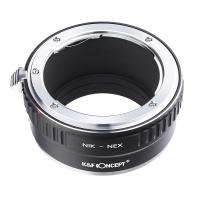





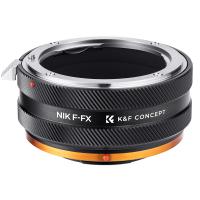

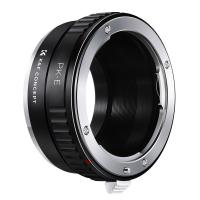
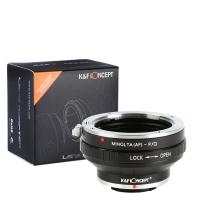

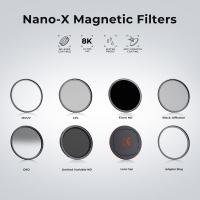
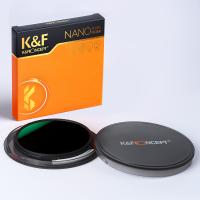





There are no comments for this blog.